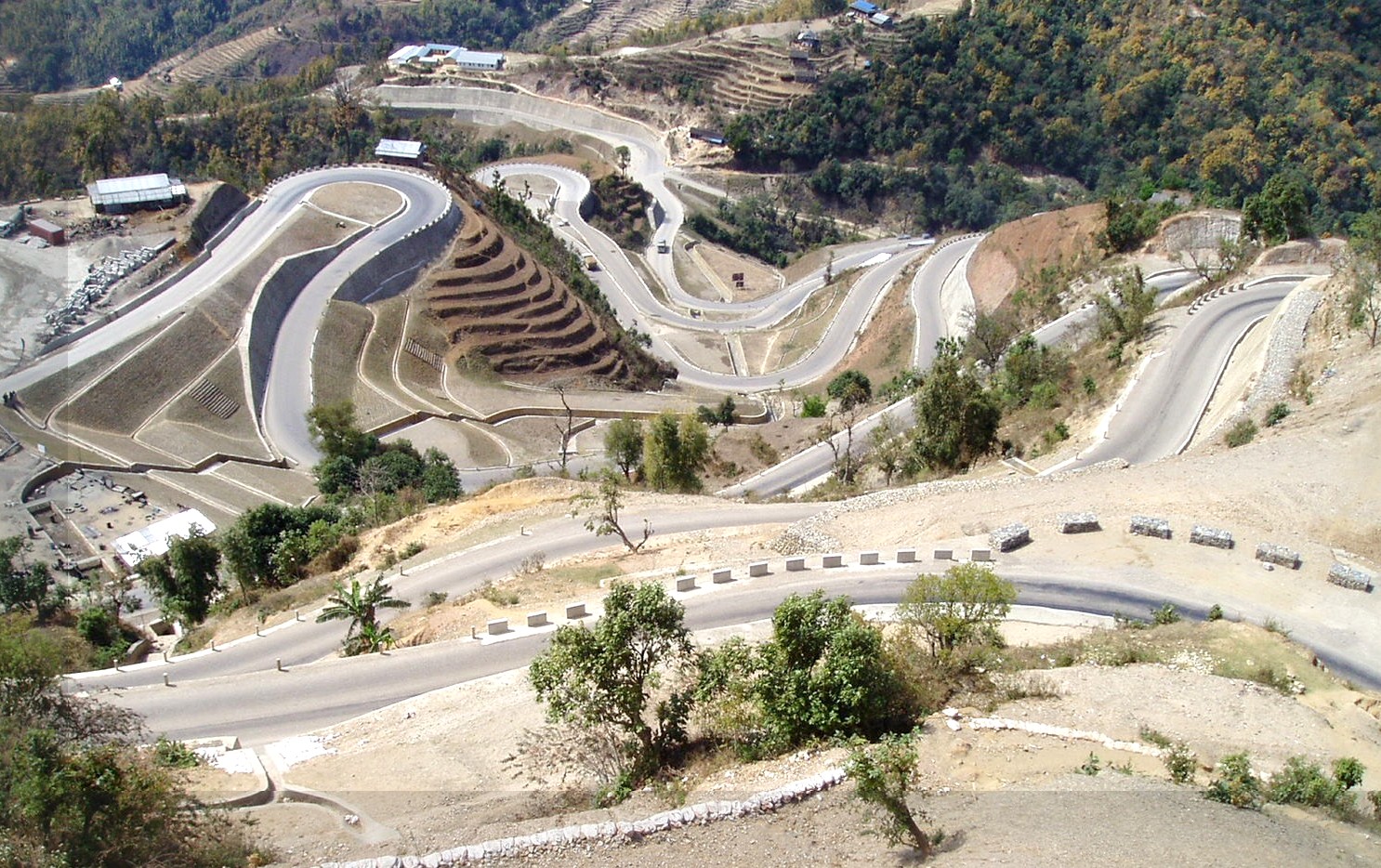Experienced Geotechnical Geologist for In-Depth Ground Investigations
Experienced Geotechnical Geologist for In-Depth Ground Investigations
Blog Article
A Thorough Evaluation of the Providers Supplied by Consulting Engineers in the Field of Geotechnical Engineering: From Website Examination to Project Application
Consulting engineers in geotechnical engineering play a pivotal role in the successful execution of building jobs, beginning with detailed site investigations that disclose critical subsurface conditions. Their competence prolongs to soil home evaluations, ecological effect examinations, and the cautious tracking of project application, making certain alignment with safety and sustainability criteria.
Relevance of Geotechnical Design
Geotechnical design is an essential technique that underpins the security and sustainability of civil facilities jobs. By understanding the mechanical behavior of dirt and rock products, geotechnical engineers assess the viability of websites for different buildings, including buildings, bridges, and dams. This basic analysis guarantees that frameworks can stand up to environmental factors and loads without experiencing failure.
The significance of geotechnical engineering expands beyond plain architectural safety; it additionally incorporates ecological stewardship. Proper geotechnical analyses add to reducing the eco-friendly effect of construction. Via mindful examination of soil homes and groundwater conditions, designers can design structures and retaining frameworks that mitigate threats such as disintegration and landslides, advertising long-term security.
Furthermore, geotechnical design plays an important duty in job cost administration. geotechnical works. By recognizing prospective concerns early in the design stage, designers can recommend suitable remedies, thus staying clear of costly delays and redesigns throughout construction. This positive strategy not only boosts project effectiveness yet also dramatically reduces dangers linked with unforeseen website problems
Site Investigation Methods
Reliable website examination techniques are vital for collecting accurate data concerning subsurface problems before construction. These techniques assist in the understanding of the geological and hydrological setting, which is vital for guaranteeing the stability and security of suggested frameworks.
Common methods employed in site investigations include borehole boring, which enables designers to draw out dirt examples at different depths, offering insights into stratification and material types. In addition, geophysical surveys, such as seismic refraction and electrical resistivity, deal non-invasive ways to examine subsurface characteristics over larger locations. These approaches can aid recognize abnormalities without considerable excavation.
Examination pits are another valuable method, offering direct observation of dirt layers and making it possible for in-situ screening. geotechnical works. This technique is especially valuable for shallow excavations and can assist assess groundwater levels. Additionally, cone infiltration tests (CPT) are significantly used, as they supply continuous profiles of soil resistance, which aids in determining dirt strength and layering.
Each of these techniques plays an essential function in developing a thorough understanding of site problems, allowing consulting engineers to make enlightened decisions and referrals throughout the job lifecycle. Accurate information collection during the website examination phase is crucial to mitigating dangers and ensuring effective project application.
Soil Residential Or Commercial Property Analysis

The evaluation procedure normally involves a combination of lab examinations and area examinations. Trick residential properties such as shear toughness, compressibility, permeability, and moisture content are assessed to figure out the dirt's suitability for building functions. Common examinations, consisting of the Atterberg restrictions, Proctor compaction, and triaxial shear examinations, are generally used to collect information on soil habits.
Along with these tests, in-situ methods such as the Requirement Penetration Test (SPT) and Cone Penetration Examination (CPT) supply beneficial understandings into soil stratigraphy and thickness. The outcomes of these analyses notify engineers about potential obstacles, such as dirt liquefaction or negotiation, enabling them to develop appropriate reduction strategies.
Environmental Influence Examination
Environmental impact evaluation plays an essential click for more info duty in the preparation and execution of design jobs, especially in geotechnical engineering. This procedure includes assessing the possible environmental consequences of suggested projects on soil, water, air top quality, and bordering environments. Consulting engineers make use of different methodologies, click to read more consisting of site analyses, modeling, and area research studies, to recognize and measure these effects.
The examination generally starts with the identification of standard environmental problems, which works as a reference for anticipating potential adjustments. Engineers examine factors such as disintegration, groundwater contamination, and habitat interruption, making certain that all appropriate ecological policies and standards are stuck to throughout the task lifecycle. Stakeholder engagement is likewise an integral part of the assessment procedure, as it cultivates communication in between job developers, neighborhood communities, and regulative bodies.
In addition, mitigation methods are developed to deal with recognized influences, allowing engineers to suggest choices or modifications to forecast layouts that enhance sustainability. This aggressive technique not just minimizes adverse impacts on the environment yet also promotes public count on and conformity with ecological regulation. Inevitably, effective environmental impact assessment enhances the total honesty and viability of geotechnical engineering projects, supporting responsible development practices.
Project Implementation and Tracking

Surveillance is a vital component of job implementation. Designers make use of different methods, such as instrumentation and area tests, to analyze soil actions and structural actions in real-time. This continuous tracking makes it possible for the identification of any inconsistencies from expected performance, permitting for timely interventions to minimize risks.
Moreover, consulting engineers keep open interaction with specialists and stakeholders throughout the procedure. Regular site assessments and report card make sure that all events are informed about job standing and any type of arising problems. By promoting cooperation and openness, seeking advice from engineers help with a more efficient application procedure, consequently boosting task outcomes.
Ultimately, effective project execution and surveillance not just copyright safety and quality standards but also add to the general success of Going Here geotechnical jobs, ensuring they fulfill their desired purposes sustainably and sensibly.

Conclusion
In conclusion, the function of consulting designers in geotechnical design includes a critical series of solutions that guarantee task success. Ultimately, the diverse payments of speaking with designers are essential in attending to the intricacies of geotechnical challenges in contemporary design projects.
Report this page